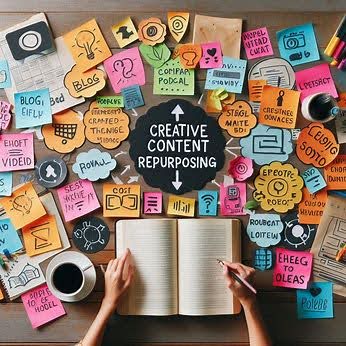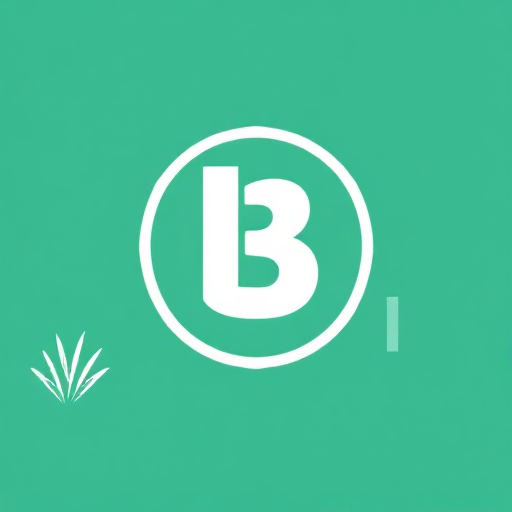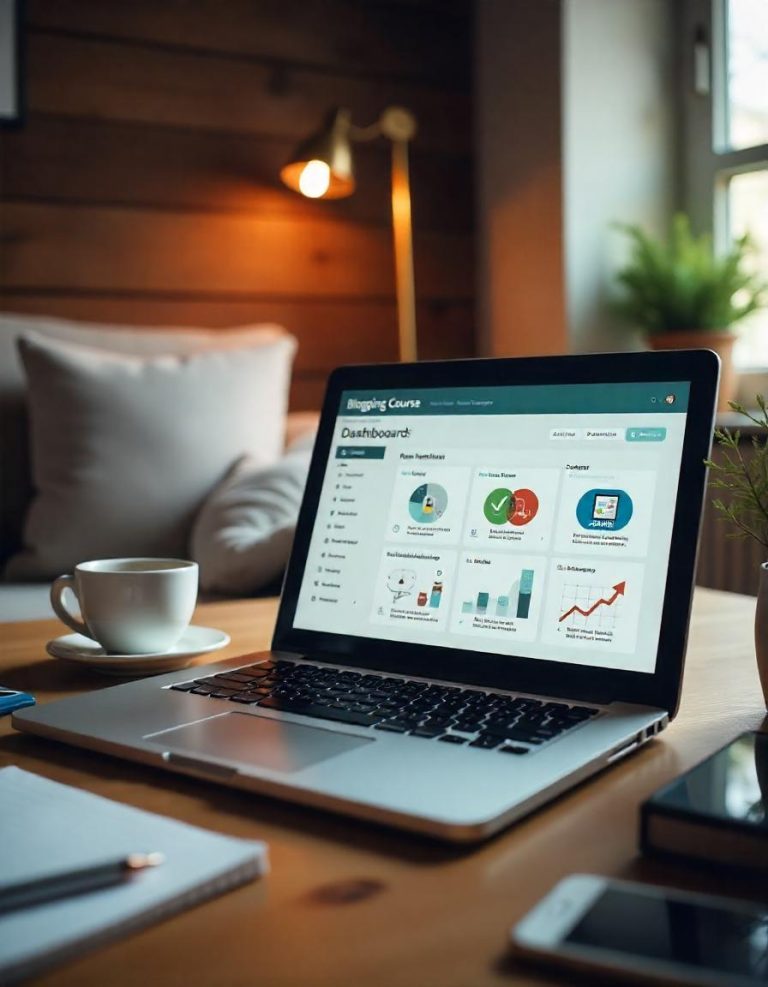Effective Strategies For Content Repurposing
Content repurposing is a strategic approach that allows you to maximize the value of your existing content by transforming it into different formats, reaching new audiences, and extending its lifespan. This practice not only saves time and resources but also enhances your content marketing efforts by leveraging what you already have. In this article, we will explore various effective strategies for content repurposing, providing practical tips and examples to guide you in successfully implementing these techniques.
1. Understand Your Audience and Channels
Before repurposing content, it’s crucial to understand your target audience and the channels they frequent. Different platforms have varying content requirements and audience preferences. For example, LinkedIn users may respond better to data-driven articles, while Instagram users prefer visually engaging content like infographics or short videos. Tailor your repurposed content to fit each platform’s format and audience expectations.
Example: If you have a detailed blog post on industry trends, consider repurposing it into a series of visually appealing infographics for Instagram, summarizing key points with engaging visuals.
2. Repurpose Across Different Formats
Repurposing doesn’t mean simply copying and pasting content from one platform to another. Instead, transform your content into various formats to cater to different consumption habits and preferences. Some effective formats for repurposing include:
Blog Posts to Infographics: Condense lengthy blog posts into visually compelling infographics that highlight key statistics or tips.
Webinars to Podcasts: Convert webinar recordings into podcasts for listeners who prefer audio content.
Case Studies to Social Media Posts: Extract compelling quotes or insights from case studies and share them as standalone social media posts.
Example: Turn a successful webinar discussing customer success stories into a series of podcast episodes, each featuring a different client story in detail.
3. Update and Refresh Existing Content
Keep your content relevant and valuable by regularly updating and refreshing existing pieces. Trends change, statistics get updated, and new insights emerge over time. By revisiting and refreshing your content, you can maintain its accuracy and appeal to both new and returning audiences.
Example: Periodically revisit evergreen content pieces, such as “ultimate guides,” to update them with the latest industry trends and best practices.
4. Create Compilations and Roundups
Compile related content into comprehensive guides, roundups, or resource collections. This approach not only adds value for your audience by providing consolidated information but also enhances SEO by consolidating relevant keywords and topics in one place.
Example: Combine a series of blog posts on digital marketing strategies into an ultimate guidebook, covering everything from SEO tactics to social media marketing tips.
5. Transform Visual Content into Different Mediums
Visual content, such as images and videos, can be repurposed into various formats to increase engagement and reach. For instance, turn a series of informative images into a slideshow presentation or create a video tutorial based on an instructional blog post.
Example: Transform a collection of data-driven charts and graphs into an engaging presentation for a webinar or SlideShare presentation.
6. Leverage User-Generated Content
User-generated content (UGC) provides authentic perspectives and testimonials from your audience, which can be repurposed to build trust and credibility. Share customer testimonials, reviews, or user-generated images across your marketing channels to showcase real-life experiences and encourage community engagement.
Example: Repurpose customer reviews and testimonials into compelling social media posts or incorporate them into your email marketing campaigns.
7. Automate and Schedule Repurposing Processes
Streamline your content repurposing efforts by using automation tools and scheduling platforms. Tools like Buffer, Hootsuite, or Zapier can help automate the distribution of repurposed content across multiple channels, saving time and ensuring consistency in your content strategy.
Example: Use a social media management tool to schedule the distribution of repurposed content across different platforms, ensuring maximum visibility and engagement.
8. Analyze Performance and Iterate
Monitor the performance of your repurposed content through analytics tools to understand what resonates best with your audience. Analyze metrics such as engagement rates, click-through rates, and conversions to identify successful strategies and areas for improvement. Use these insights to refine your content repurposing strategy continually.
Example: Track the performance of repurposed content using Google Analytics or social media analytics tools to understand which formats and channels drive the most engagement and conversions.
Content repurposing is a powerful strategy for maximizing the value of your existing content while reaching new audiences across different platforms and formats. By understanding your audience, transforming content into various formats, updating regularly, and leveraging automation tools, you can effectively extend the lifespan and impact of your content marketing efforts. Incorporate these strategies into your content strategy to enhance engagement, improve SEO, and achieve long-term success in your digital marketing initiatives.
For more information, email admin@1dollarcreatives.com.







